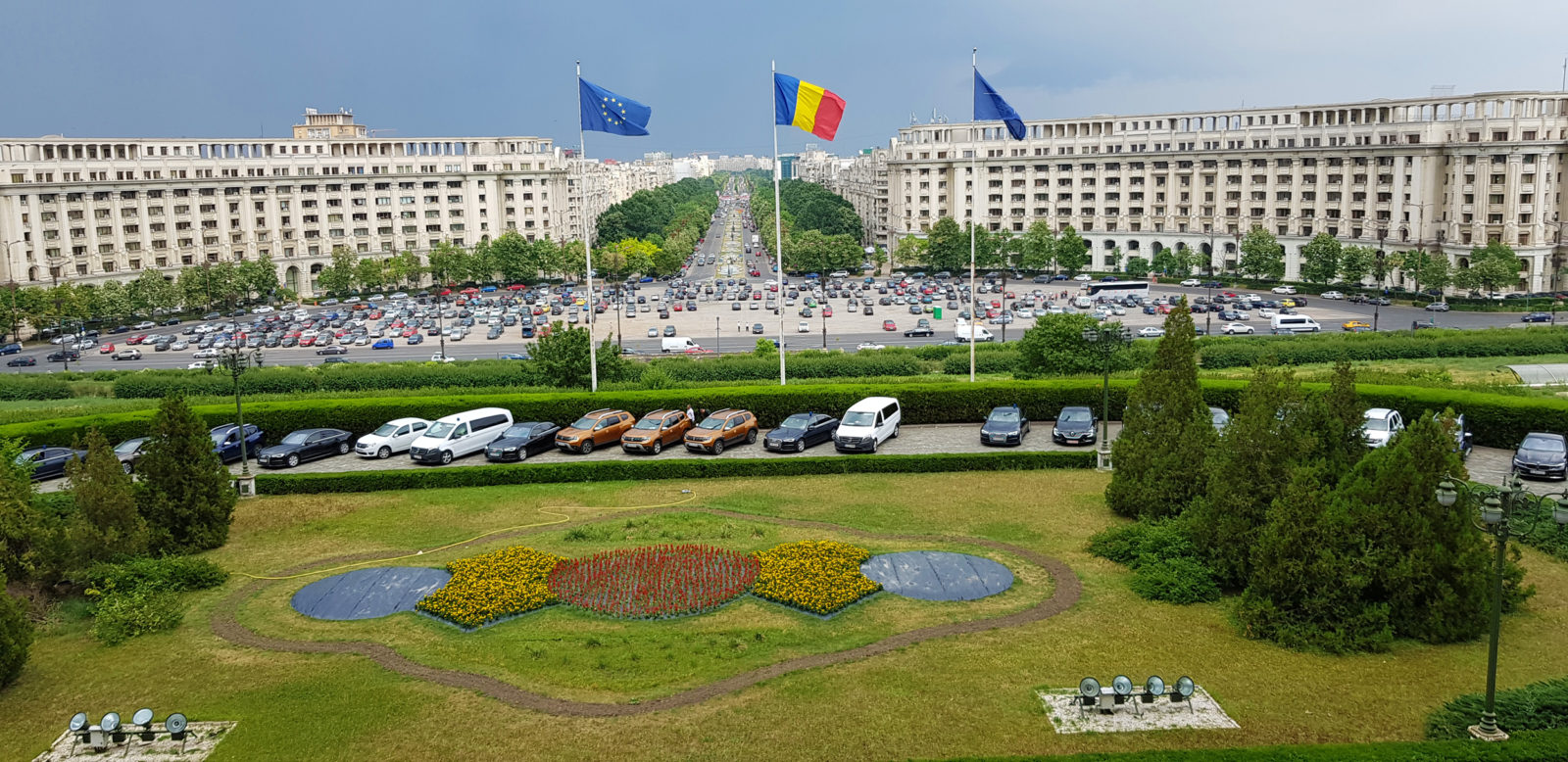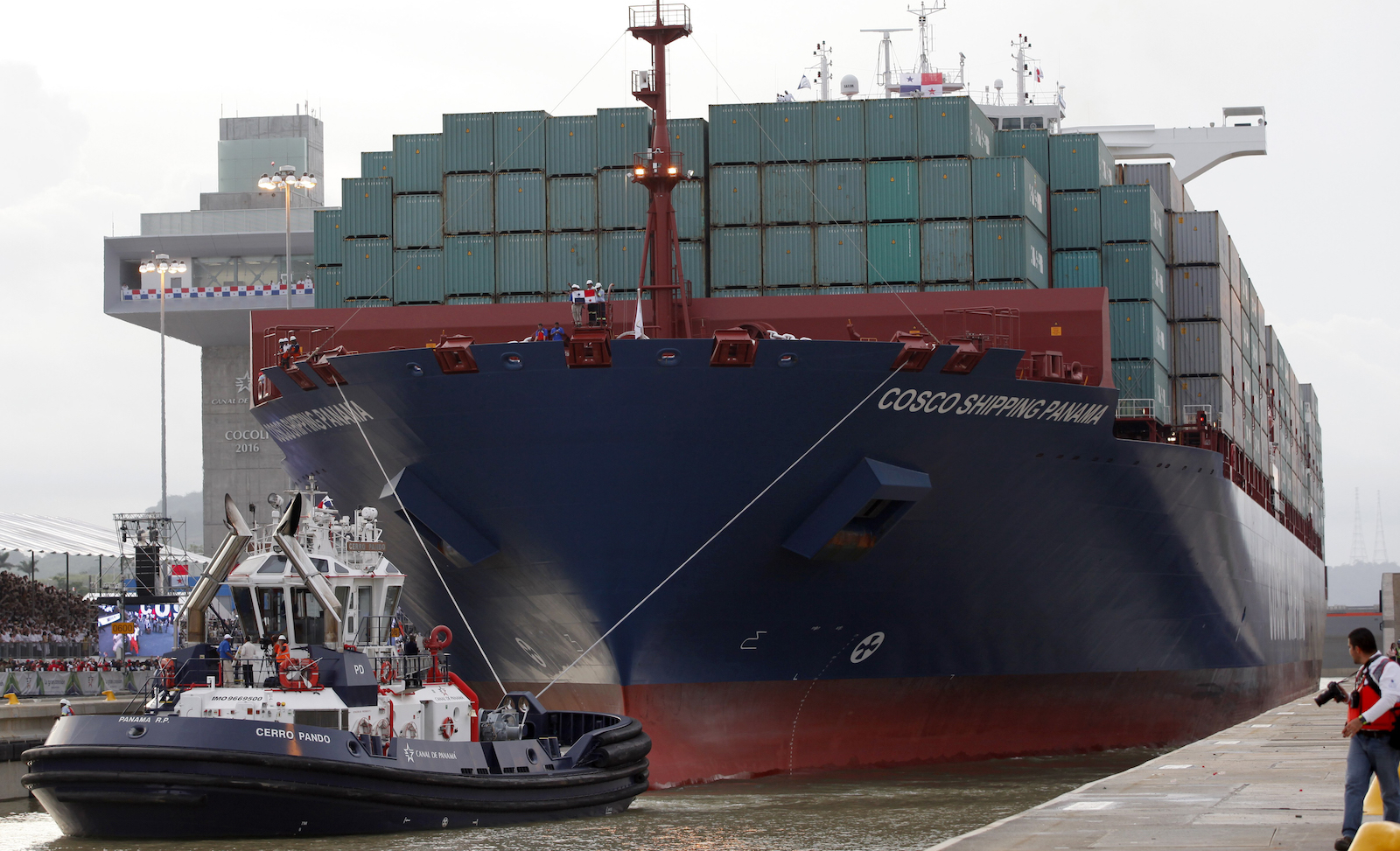News
Almost three decades after Ceaușescu's violent death, democracy solved many problems, yet many questions remain unanswered
Democracy may not (yet) have answered all of Romania's questions. But it helped to solve many problems.

Donald Trump’s residency in the White House, the Brexit decision, democratic regression across Africa and the Middle East, the rise of right-wing leadership in Poland and Hungary, the galloping prosperity of China’s autocracy and the role of digital technology in elections from data harvesting to internet bots, are all taken to signal signs of the death of liberal democracy. But we should take care not to overstate the impact. The ‘end’, whether this has been democracy or its rivals, has been foretold many times before.
Taking the great events of 1989 as signalling, as Francis Fukuyama did, with his take on the end of the Soviet Union supposedly denoting the “end of history”, proved at best premature. And whatever its costs and its challenges, democracy comes with substantial benefits – and the alternatives have constantly proven, history reminds, both politically repressive and economically unsustainable, whatever the misty-eyed nostalgia about so-called “democratic socialism”.
In Poland, for example, the great shipyards of Gdansk on the Baltic gave birth to the Solidarity trade union movement in 1980. Despite its banning and the systematic state persecution of its members, by June 1989 Solidarity had triumphed over the Soviet-backed Polish United Workers’ Party in the first partially free elections after the Second World War. The union leader Lech Wałęsa became president of Poland in 1990. He did not exaggerate when he said that “by knocking the teeth out of the Soviet bear, we helped other nations win their freedom”.
Two thousand kilometres away, in Bucharest, a similar but far more bloody revolution was soon under way.
In November 1989, the Congress of the Romanian Communist Party elected Nicolae Ceaușescu as its leader once more. It was hardly an election worthy of the name. Ceaușescu, then 71, who had been in power since 1965, was quick to denounce the anti-Communist revolutions happening in the rest of Eastern Europe.
His modest brown-slate tombstone in Bucharest’s Ghencea Cemetery (Photo by Greg Mills) hints at how far he proved to be behind the curve. By Christmas 1989 he was dead, executed by firing squad after a show trial. His government had quickly collapsed following widening and violent protests which cost the lives of 1,500 Romanians. While Ceaușescu claimed that these events were a result of “interference of foreign forces in Romania’s internal affairs” and an “external aggression on Romania’s sovereignty”, he misread the extent of public anger.
On 21 December, Ceaușescu organised a counter rally to growing pro-democracy protests in Bucharest, in what is now Revolution Square. Portrayed by state media as a “spontaneous movement of support”, it turned out to be anything but, more of a spontaneous uprising
Just into the speech, people began chanting “Timișoara” after the city where resistance had been quashed just four days earlier. Ceaușescu left the balcony of the Central Committee of the Romanian Communist Party which bordered the square, for the safety of its interior where he was pursued by angry crowds.
A drab brown building now housing the Ministry of the Interior, outside is a white, marble plaque recalling these momentous days (photo by Greg Mills):
“From this building formerly of the Romanian Communist Party was banished on 22 December at 1200 the dictator by the young and brave people who gave back Romanian people their dignity and freedom.”
Today the ministry flies the Romanian flag flanked by those of Europe and Nato.
The scale and depth of the impending challenge was hard to imagine back then. Though the crowds in the small square were cleared by the armed forces by nightfall, Ceaușescu escaped from the roof of the Central Committee by helicopter. Captured near Targoviste by his once-loyal military, on 25 December 1989 he and his wife Elena were tried before a court on charges of genocide and undermining the economy. Found guilty, the couple was bound, led outside while the dictator sung The Internationale,and shot, their last moments being recorded on film for grim posterity.
So ended the only violent overthrow of a communist government in Eastern Europe.
Many memorials to Ceaușescu’s rule remain, not least the wide boulevards lined with dreary apartment blocks notable for their lack of architectural imagination, and his vanity-centrepiece, the 1,000-room parliamentary complex known as The People’s House. Built at a cost of more than $2-billion in five years and finished just after Ceaușescu’s death, it has the second largest footprint of any building in the world, just after the Pentagon.
But the legacy, good and bad, was less concrete than mindset.
“The biggest challenge,” says Valeriu Zgonea, the former speaker of Romania’s parliament who spent 25 years in politics, “is the adjustment required to the people’s mentality, to their culture, by democracy, after living in a system which provided them a job, a house, education and healthcare, but which did not possess a private sector and did not offer them choice. Whereas I was born in communism [in 1967],” he makes the point, “I have spent my adult life in capitalism.”
While the state provided, this came at a great political and economic cost. Not only was the population under mass surveillance and subject to severe repression by the Securitate secret police, but there were shortages of heating, food and medicine due to systemic mismanagement and misallocation.
“Changing from this system to what we have today,” he observes, “not only requires a change in mentality, but a change in rules and finding the right people. We were armed with a good education from Ceausescu’s time, which is a key road to prosperity for every human being, especially in hi-tech and in languages.”
This has stood the tech sector in good stead.
“Yet,” he adds, “we were isolated from the world, with no knowledge of how markets worked. The difficulty we had in accepting European norms and values meant that we were later than the other [Eastern European countries] in gaining EU and Nato membership,” respectively in 2007 and 2002.

Victor Ponta was Prime Minister of Romania for three years from 2012. He warns of a backlash against democracy, in spite of the positive changes it brought.
“The Romania or today is 95% different to those times. The world has changed, and so has Romania, politically, economically, educationally. All our positive changes are unthinkable without democracy. There would be no EU membership, no economic improvements, no social progress. Yet people are scared of populism and of public disagreements, believing that democracy brought chaos and instability. Thus some prefer the idea that we need a dictator to bring stability and to deliver. But we know what this will lead to: as they fail to deliver, increasingly repression and the failure of state institutions, the opposite to delivery and stability.”
Ceaușescu was succeeded as President by Ion Iliescu, and, in 1996, by Professor Emil Constatinescu, a US-educated geologist who had played a leadership role in the revolution.
Constantinescu, 79 in 2018, echoes Ponta’s comments.
“The problem is that we don’t have a deep culture of democracy. Whereas the first generation of democratic leadership in Eastern and Central Europe came mostly from an intellectual elite, today our society no longer possesses this calibre. Democracy is thus being undermined from within.”
This trend, he says, is worsened by the role of money in politics, creating a “toxic populist triad of politics, economics and the media”.
Ponta seconds Constantinescu’s concern.
“Our growing economy does not make people happy, given their expectations are growing still faster, while we are running out of fresh blood and fresh ideas.”
Democracy may not (yet) have answered all of Romania’s questions. But it helped to solve many problems. The lesson of transition from both former East bloc examples, Poland and Romania/Romania, is in the challenge to use political power for good purposes.
This article originally appeared on The Daily Maverick.


